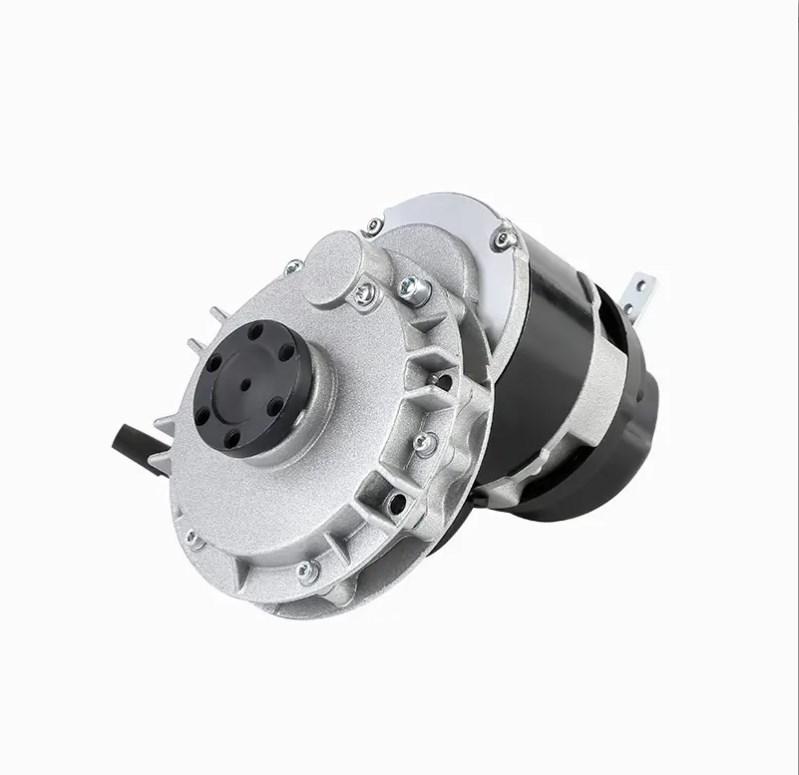Electric Wheelchair Motors are pivotal components revolutionizing mobility solutions for individuals with disabilities. These motors significantly impact battery life and efficiency, playing a crucial role in determining the overall performance of electric wheelchairs.
Battery life and efficiency are paramount considerations when evaluating Electric Wheelchair Motors. These motors directly influence the energy consumption of the wheelchair, affecting how long the battery lasts on a single charge and the distance it can travel. Efficient motors optimize power usage, extending battery life and enhancing the wheelchair's range, promoting greater independence and mobility for users.
When selecting an Electric Wheelchair Motor for a specific application, several factors must be carefully considered. Firstly, the intended use case and terrain play a significant role. Motors designed for indoor use may differ from those tailored for outdoor mobility, with variations in torque, speed, and durability to accommodate different environments. Additionally, user preferences and requirements, such as desired speed and maneuverability, should be taken into account to ensure the chosen motor meets individual needs effectively.
One fundamental distinction in Electric Wheelchair Motors lies between brushed and brushless designs. Brushed motors utilize physical brushes to convey electrical current to the motor's rotor, generating motion. In contrast, brushless motors employ electronic commutation, eliminating the need for brushes and offering several advantages. Brushless motors typically exhibit higher efficiency, reduced maintenance requirements, and longer lifespan compared to their brushed counterparts. Additionally, brushless motors produce less electromagnetic interference, enhancing the overall reliability of electric wheelchairs.
The adoption of Electric Wheelchair Motors continues to grow, driven by advancements in technology and a focus on improving accessibility and mobility for individuals with disabilities. These motors are integral to promoting independence, facilitating daily activities, and enhancing quality of life for wheelchair users worldwide. As innovation progresses, Electric Wheelchair Motors are poised to play an even more significant role in shaping the future of mobility, empowering users to navigate their surroundings with greater ease and freedom.
In conclusion, Electric Wheelchair Motors represents a transformative force in the field of assistive technology, offering unprecedented mobility and independence to wheelchair users. With their impact on battery life, efficiency, and overall performance, these motors are indispensable components of modern electric wheelchairs. As the industry continues to evolve, Electric Wheelchair Motors will undoubtedly remain at the forefront of innovation, driving positive change and improving the lives of countless individuals.

